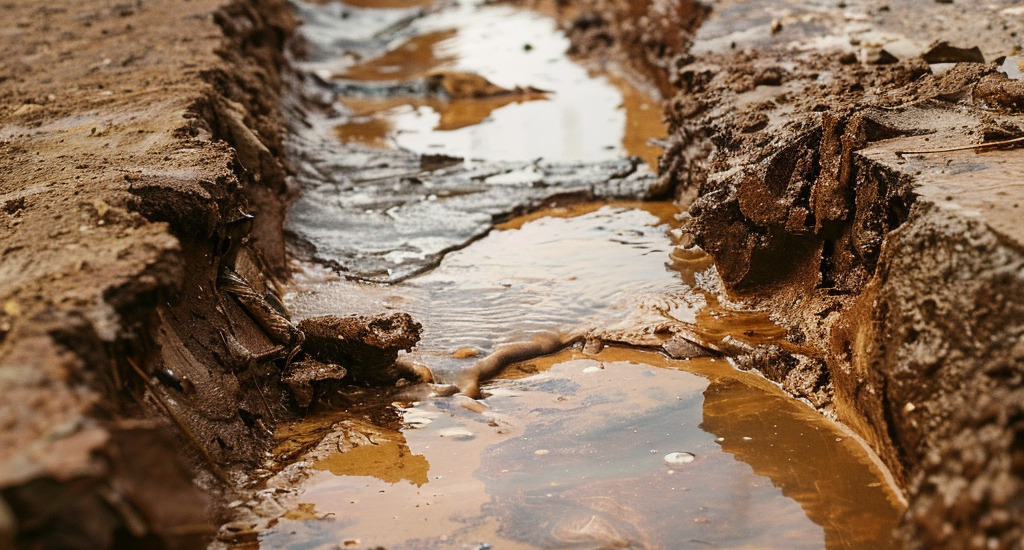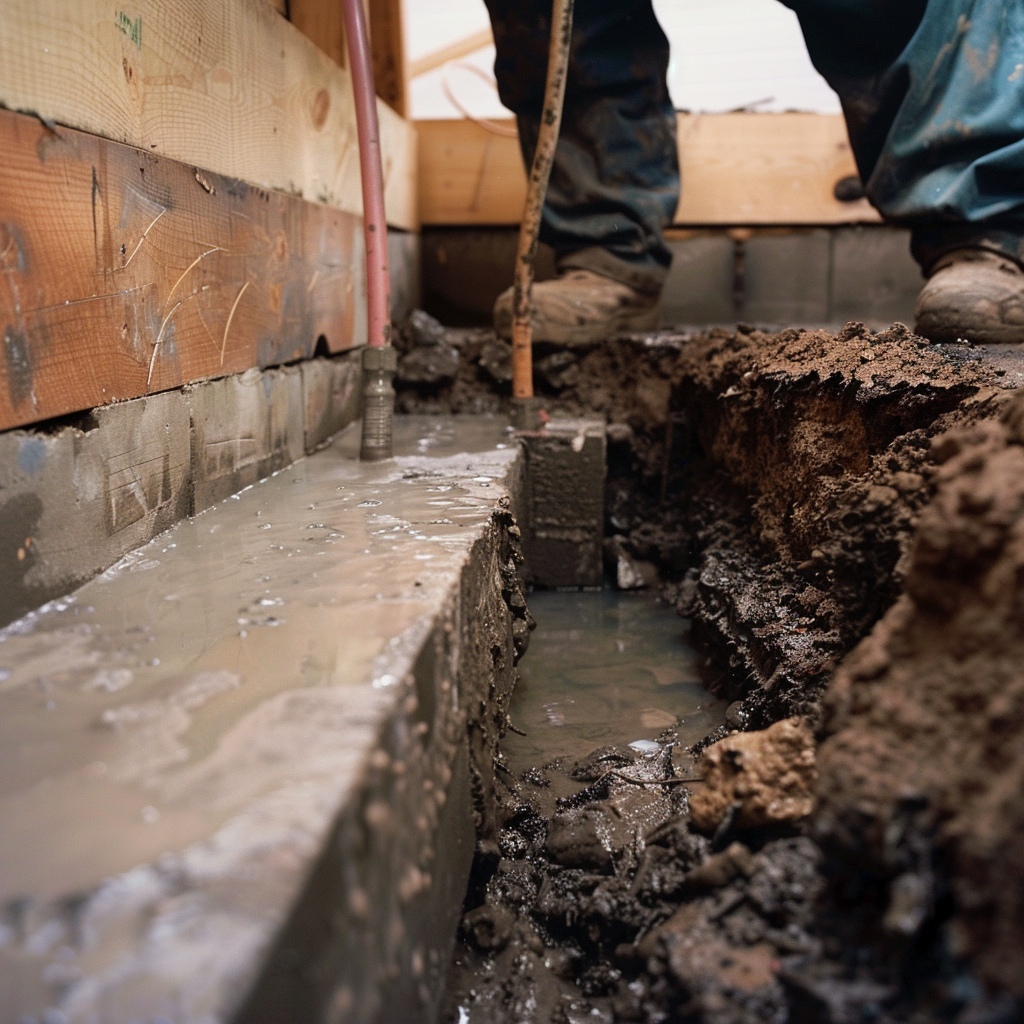Significance of Seepage Analysis
- July 8, 2024
- Posted by: Velosi Author
- Categories: Geotechnical, Insights

Seepage Analysis refers to figuring out how water travels underground. It is termed to be a key factor while constructing dams, tunnels, and foundations. Grasping adequate knowledge of how water moves lets engineers create structures that are reliable and safe.
What is Seepage Analysis?
Seepage analysis inspects the path of water through dirt and stone. The water’s underground journey can vary and influence the firmness of structures/buildings. With seepage inspection, engineers can predict the flow of water and its impact on buildings and streets.
-
Hydraulic Conductivity:
This is a measure of how easily water can move through soil or rock. If the soil has high hydraulic conductivity, water moves through it quickly and vice versa.
-
Flow Nets:
Engineers draw flow nets to see how water will move. These diagrams show the paths that water takes and help engineers understand seepage patterns.
Why is Seepage Analysis Important?
Seepage analysis is crucial for many reasons in civil engineering:
- Dam Safety:
Dams hold back a lot of water which can increase the chance of water seepage and cause complex problems. Redundant seepage can weaken the dam and even cause it to fail. By studying seepage, engineers follow a strategic approach to construct dams and safely control water flow.
- Foundation Stability:
Buildings need strong foundations. If water seeps into the ground under a building, it can wash away soil and cause the building to settle or tilt. Seepage analysis helps engineers design foundations that stay stable and reliable even when there is water underground.
- Slope Stability:
Hills and slopes can become unstable if water seeps through them. Which can eventually lead to landslides, following a dangerous yet destructive situation. By analyzing seepage, engineers can make slopes safer and prevent landslides.
- Erosion control:
Seepage can cause soil particles to be carried away, leading to erosion. By understanding the seepage pattern, engineers can implement measures to control erosion, such as drainage systems and erosion resistant materials.
- Tunnel Integrity:
Tunnels, especially those under rivers or through mountains, need to stay dry. If water seeps into a tunnel, it can weaken the structure. Seepage analysis helps engineers design tunnels that keep water out.
- Cost Saving:
Identifying potential seepage issues early in the design phase helps in implementing cost-effective solutions, reducing the need for expensive remedial measures.
- Improved Design Efficiency:
Seepage analysis provides engineers with the critical data to optimize design, making them more efficient and effective.
Tools & Techniques for Seepage Analysis
Engineers use several methods to study seepage:
- Finite Element Analysis (FEA): This computer method helps engineers predict how water will move. FEA divides the problem into compact parts and solves each part separately, making it easier to understand complex seepage patterns.
- Analytical Methods: These are math-based methods that help solve seepage problems. Although they are used less today, they are still important for understanding the basics of seepage.
- Software Programs: Modern engineering uses special computer programs like MIDAS GTS NX to study seepage. These programs can handle substantial and complex projects, making it easier for engineers to plan and design.
Real-World Applications of Seepage Analysis
Seepage analysis is used in many real-life projects:
- Dam Construction & Maintenance: It’s all about controlling water leaks. engineers design in a way to handle the water leakage. If detected, the leakage is then fixed.
- Urban Development: Cities involve complexities. Basement flood, building foundations can lead to situations which cause adverse implications to the surrounding. Therefore, seepage analysis is constructed to identify and handle water leaks accordingly.
- Agricultural Works: Farms need good watering systems for crops. Checking for leaks can help craft perfect water channels and tanks. Less water is lost, better distribution.
- Environmental Care: Must keep groundwater clean by checking leaks and designing solutions to stop harmful waste to keep water resources safe.
Challenges in Seepage Analysis
While seepage analysis is very helpful, it also has some challenges:
- Getting Accurate Data: Engineers need precise information about soil and rock properties. This data can be hard and expensive to collect.
- Natural Complexity: Natural systems are very complex, making it hard to predict exactly how water will move. Engineers must consider many factors like soil type, groundwater levels, and weather conditions.
- Technology Advancements: New technologies, like remote sensing and machine learning, are making seepage analysis more accurate and efficient. These advancements help engineers better understand and manage water movement.
Please contact us for more information and assistance.




